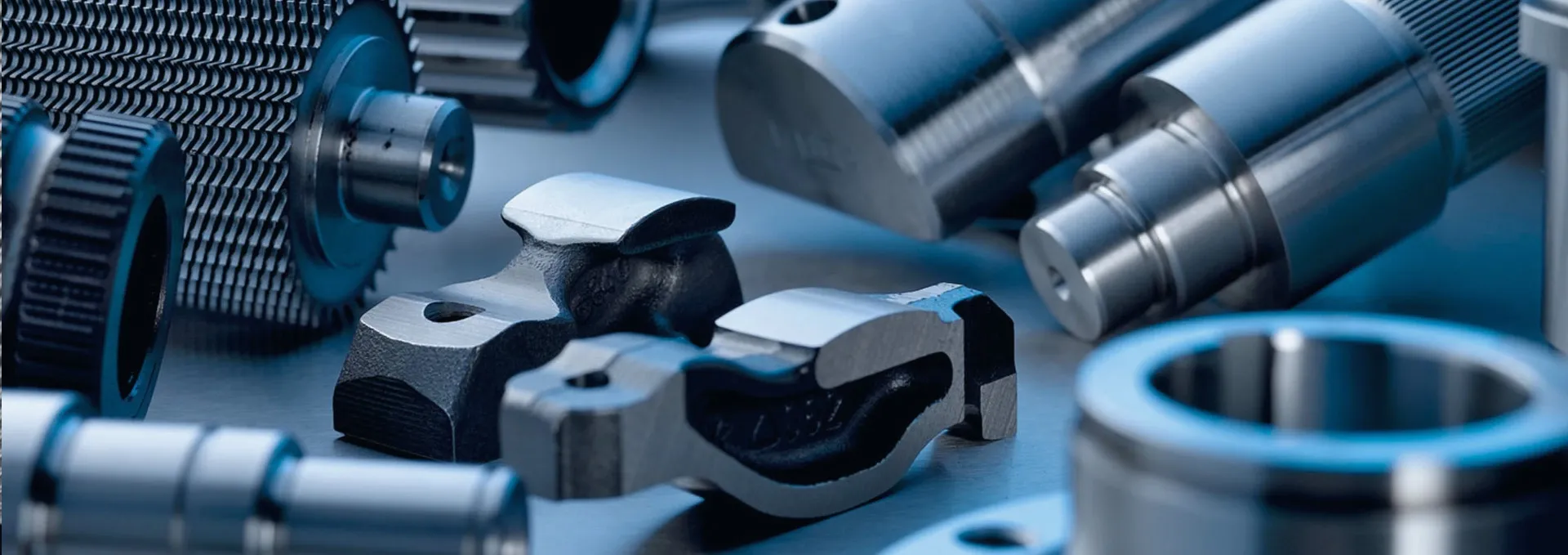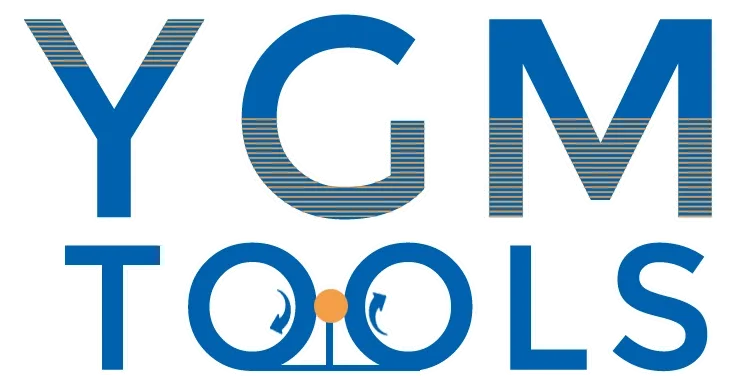
-
 Afrikaans
Afrikaans -
 Albanian
Albanian -
 Amharic
Amharic -
 Arabic
Arabic -
 Armenian
Armenian -
 Azerbaijani
Azerbaijani -
 Basque
Basque -
 Belarusian
Belarusian -
 Bengali
Bengali -
 Bosnian
Bosnian -
 Bulgarian
Bulgarian -
 Catalan
Catalan -
 Cebuano
Cebuano -
 Corsican
Corsican -
 Croatian
Croatian -
 Czech
Czech -
 Danish
Danish -
 Dutch
Dutch -
 English
English -
 Esperanto
Esperanto -
 Estonian
Estonian -
 Finnish
Finnish -
 French
French -
 Frisian
Frisian -
 Galician
Galician -
 Georgian
Georgian -
 German
German -
 Greek
Greek -
 Gujarati
Gujarati -
 Haitian Creole
Haitian Creole -
 hausa
hausa -
 hawaiian
hawaiian -
 Hebrew
Hebrew -
 Hindi
Hindi -
 Miao
Miao -
 Hungarian
Hungarian -
 Icelandic
Icelandic -
 igbo
igbo -
 Indonesian
Indonesian -
 irish
irish -
 Italian
Italian -
 Japanese
Japanese -
 Javanese
Javanese -
 Kannada
Kannada -
 kazakh
kazakh -
 Khmer
Khmer -
 Rwandese
Rwandese -
 Korean
Korean -
 Kurdish
Kurdish -
 Kyrgyz
Kyrgyz -
 Lao
Lao -
 Latin
Latin -
 Latvian
Latvian -
 Lithuanian
Lithuanian -
 Luxembourgish
Luxembourgish -
 Macedonian
Macedonian -
 Malgashi
Malgashi -
 Malay
Malay -
 Malayalam
Malayalam -
 Maltese
Maltese -
 Maori
Maori -
 Marathi
Marathi -
 Mongolian
Mongolian -
 Myanmar
Myanmar -
 Nepali
Nepali -
 Norwegian
Norwegian -
 Norwegian
Norwegian -
 Occitan
Occitan -
 Pashto
Pashto -
 Persian
Persian -
 Polish
Polish -
 Portuguese
Portuguese -
 Punjabi
Punjabi -
 Romanian
Romanian -
 Russian
Russian -
 Samoan
Samoan -
 Scottish Gaelic
Scottish Gaelic -
 Serbian
Serbian -
 Sesotho
Sesotho -
 Shona
Shona -
 Sindhi
Sindhi -
 Sinhala
Sinhala -
 Slovak
Slovak -
 Slovenian
Slovenian -
 Somali
Somali -
 Spanish
Spanish -
 Sundanese
Sundanese -
 Swahili
Swahili -
 Swedish
Swedish -
 Tagalog
Tagalog -
 Tajik
Tajik -
 Tamil
Tamil -
 Tatar
Tatar -
 Telugu
Telugu -
 Thai
Thai -
 Turkish
Turkish -
 Turkmen
Turkmen -
 Ukrainian
Ukrainian -
 Urdu
Urdu -
 Uighur
Uighur -
 Uzbek
Uzbek -
 Vietnamese
Vietnamese -
 Welsh
Welsh -
 Bantu
Bantu -
 Yiddish
Yiddish -
 Yoruba
Yoruba -
 Zulu
Zulu
High-Precision Thread Rolling Tool & Machines
In modern manufacturing, the integrity and strength of threaded fasteners are paramount. From skyscrapers to aerospace vehicles, the reliability of every bolt, screw, and nut is critical. The evolution of manufacturing technology has shifted the paradigm from traditional thread cutting to a more robust and efficient method: thread rolling. This guide provides an in-depth exploration of the thread rolling tool, a cornerstone of this advanced process. We will delve into industry trends, technical specifications, and the superior performance of machines like the Automatic Nut and Bolt Threading Rod Thread Rolling Machine, highlighting why this technology is the preferred choice for high-performance applications.
The Ascendancy of Thread Rolling: A Market and Technology Overview
The global industrial fasteners market is projected to reach USD 110.93 billion by 2028, growing at a CAGR of 4.5%. A significant driver of this growth is the increasing demand for high-strength, fatigue-resistant fasteners, which are predominantly produced through thread rolling. Unlike cutting, which removes material and severs the grain structure of the metal, thread rolling is a cold-forming process. A thread rolling tool uses hardened steel dies to displace and mold the material, creating a stronger, smoother, and more precise thread.
This process offers several distinct advantages that are driving its adoption across industries:
- Superior Tensile and Fatigue Strength: The cold-working effect of thread rolling induces compressive residual stresses at the root of the thread, increasing fatigue life by up to 100% compared to cut threads. The material's grain flows along the contour of the thread, rather than being cut, which significantly enhances its structural integrity.
- Material and Cost Savings: Thread rolling is a chipless process. No material is wasted, which can lead to significant cost savings, especially when working with expensive alloys. Blank diameters are smaller than those required for cut threads, further reducing material usage.
- Exceptional Surface Finish: The rolling process burnishes the thread flanks, resulting in a surface finish as smooth as 5-10 micro-inches. This reduces friction, prevents galling, and improves corrosion resistance.
- High Production Rates: Machines like a `flat die thread rolling machine` or a hydraulic thread rolling machine can produce thousands of parts per hour, making the process highly scalable and efficient for mass production.
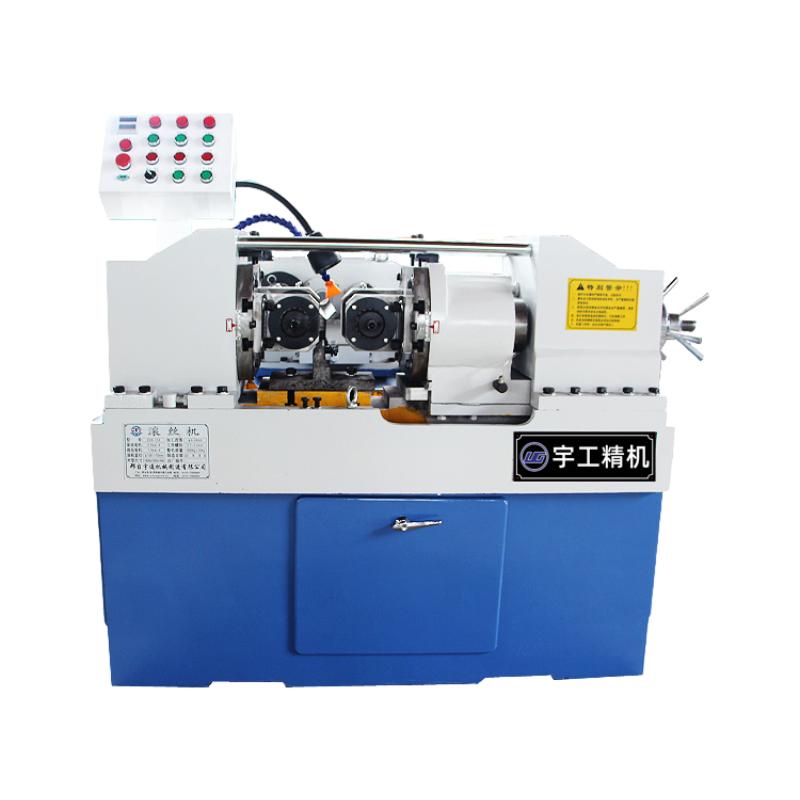
Deconstructing the Thread Rolling Tool: Materials, Manufacturing, and Standards
The effectiveness of the entire thread rolling process hinges on the quality of the thread rolling tool itself. These dies are marvels of material science and precision engineering, designed to withstand immense pressures while maintaining exacting tolerances. Understanding their construction is key to appreciating their value.
The Manufacturing Journey: From Raw Steel to Precision Die
The creation of a world-class thread rolling tool follows a meticulous, multi-stage manufacturing process designed to maximize durability and performance. This process is governed by stringent quality control at every step, adhering to international standards like ISO 9001.
- Step 1: Premium Material Selection: The process begins with selecting high-grade tool steels, such as D2, M2, or M42 High-Speed Steel (HSS). These materials are chosen for their exceptional wear resistance, toughness, and ability to retain hardness at high temperatures.
- Step 2: Forging & Annealing: The raw material is forged to align the grain structure, enhancing its intrinsic strength and toughness. It is then annealed to soften it, making it workable for the subsequent machining stages.
- Step 3: Precision CNC Machining: The annealed blank is meticulously machined using advanced multi-axis CNC equipment. This is where the initial thread profile is cut into the die face, ensuring high precision according to specifications like ANSI/ASME B1.1 for Unified Inch Screw Threads.
- Step 4: Vacuum Heat Treatment: This is a critical stage where the die undergoes a proprietary, multi-stage heat treatment and quenching process in a vacuum furnace. This hardens the tool to a specific Rockwell hardness (typically 58-64 HRC), providing the necessary strength to form threads on other metals without deforming.
- Step 5: Precision Grinding: After hardening, the die is finish-ground using high-precision grinding machines. This step achieves the final thread profile, pitch diameter, and an exceptionally smooth surface finish, ensuring perfect thread formation.
- Step 6: Rigorous Quality Inspection: Every thread rolling tool is subjected to a battery of tests. This includes dimensional verification using laser micrometers and optical comparators, surface roughness testing, and hardness testing to ensure it meets or exceeds all relevant ISO and ANSI standards.
Featured Product: Automatic Nut and Bolt Threading Rod Thread Rolling Machine
Our premier offering, the Automatic Nut and Bolt Threading Rod Thread Rolling Machine, represents the pinnacle of efficiency and precision in fastener production. It is engineered for high-volume, automated manufacturing environments, providing unparalleled consistency and cost-effectiveness. This machine is compatible with a wide array of thread rolling tool sets, making it a versatile asset for any production line.
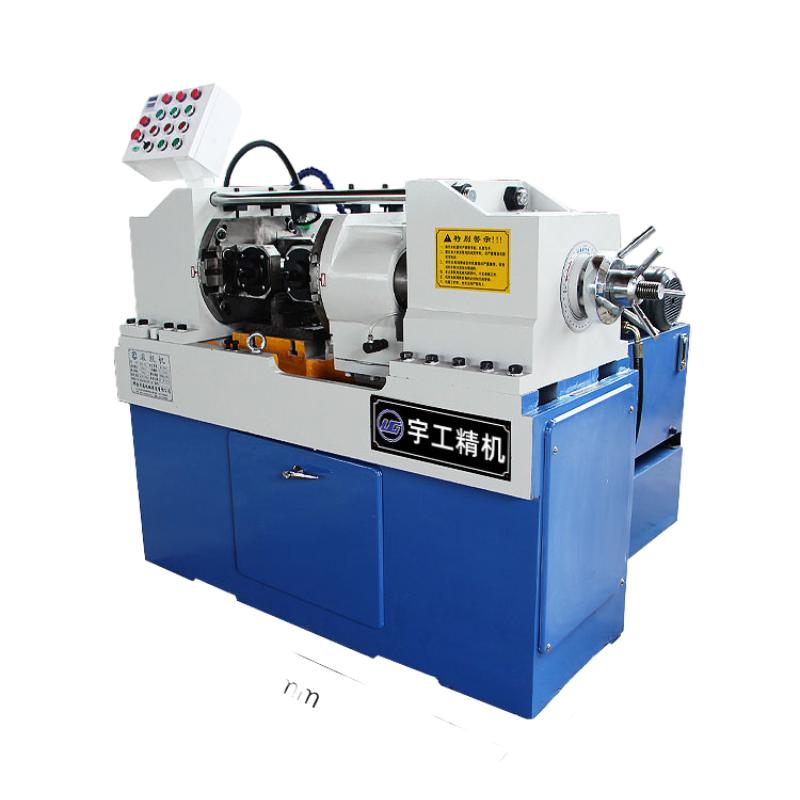
This system is not just a machine; it's a complete solution. It seamlessly integrates into automated workflows, accepting blanks and outputting perfectly threaded parts with minimal operator intervention. Its robust construction ensures long-term reliability even under continuous 24/7 operation. Whether you need a `small thread rolling machine` for specialized components or a high-capacity `hydraulic thread rolling machine` for large-scale production, this model's platform can be adapted to your needs.
Technical Specifications & Performance Data
Data-driven decisions are crucial in manufacturing. Below is a comparative table showcasing the typical parameters of a high-quality thread rolling tool and a performance overview of our Automatic Thread Rolling Machine.
| Parameter | Specification Details | Impact on Performance |
|---|---|---|
| Die Material | D2 Tool Steel, M2/M42 High-Speed Steel (HSS) | Determines wear resistance, toughness, and overall tool lifespan. HSS is superior for high-speed applications. |
| Hardness (HRC) | 58-64 HRC | Ensures the die can cold-form workpiece materials without deforming. Higher hardness equals longer life. |
| Thread Standard Compliance | ISO, ANSI, DIN, JIS (e.g., ANSI/ASME B1.1) | Guarantees that the produced threads are interchangeable and meet international quality benchmarks. |
| Surface Finish (Die) | Ra 0.1-0.4 μm | A smoother die finish translates to a smoother thread on the workpiece, reducing friction and galling. |
| Estimated Lifespan | 300,000 - 2,000,000+ cycles (material dependent) | High lifespan reduces tooling costs and machine downtime. Varies with workpiece hardness and lubrication. |
| Applicable Industries | Aerospace, Automotive, Construction, Petrochemical, Medical | Versatility to produce fasteners for the most demanding and critical applications. |
Data-Driven Performance Visualization
To better illustrate the advantages, let's visualize the performance gains achieved with our Automatic Thread Rolling Machine compared to traditional thread cutting methods.
Thread Strength Comparison
Production Efficiency (Parts per Hour)
Annual Operating Cost Breakdown
Deep Dive into Machine Types: Finding Your Fit
The term "thread rolling machine" covers a range of equipment, each suited for different tasks. Understanding these variations helps in selecting the right equipment for your specific application.
Flat Die Thread Rolling Machine
In a `flat die thread rolling machine`, a cylindrical blank is rolled between two reciprocating flat dies. One die is stationary, while the other moves. This method is extremely fast and ideal for mass-producing standard bolts and screws with high efficiency. It's the workhorse for standard fastener production.
Hydraulic Thread Rolling Machine
A `hydraulic thread rolling machine` uses hydraulic pressure to force the dies into the workpiece. This provides immense, controllable force, making it perfect for rolling harder materials, larger diameter parts (like rebar or large-diameter studs), and producing complex profiles like ACME threads or worms. The control offered by hydraulics ensures precision even under heavy load.

Small Thread Rolling Machine
For workshops, R&D labs, or specialized, low-volume production, a `small thread rolling machine` is an ideal solution. These machines offer the same benefits of rolled threads but in a compact, more affordable footprint. They are perfect for producing custom fasteners, medical screws, or components for the electronics industry where precision is key but massive throughput is not required.
Customization and Turnkey Solutions
We recognize that one size does not fit all. Standard off-the-shelf tooling may not be suitable for proprietary designs or unique materials. Our engineering team specializes in creating custom thread rolling tool solutions. The process is collaborative:
- Consultation: We begin by understanding your specific requirements: part drawings, material specifications (e.g., Inconel, Titanium, 316 Stainless Steel), desired production volume, and existing machinery.
- Design & Simulation: Using advanced CAD and FEA software, we design the optimal thread rolling tool profile. We simulate the material flow to predict performance and prevent potential manufacturing issues.
- Prototyping & Testing: A prototype tool is manufactured and tested under real-world conditions. We analyze the resulting threaded parts for dimensional accuracy, surface finish, and structural integrity.
- Final Production & Support: Upon approval, we proceed with full-scale production of your custom dies. We also provide complete setup parameters and ongoing support to ensure you achieve maximum performance and tool life from your investment.
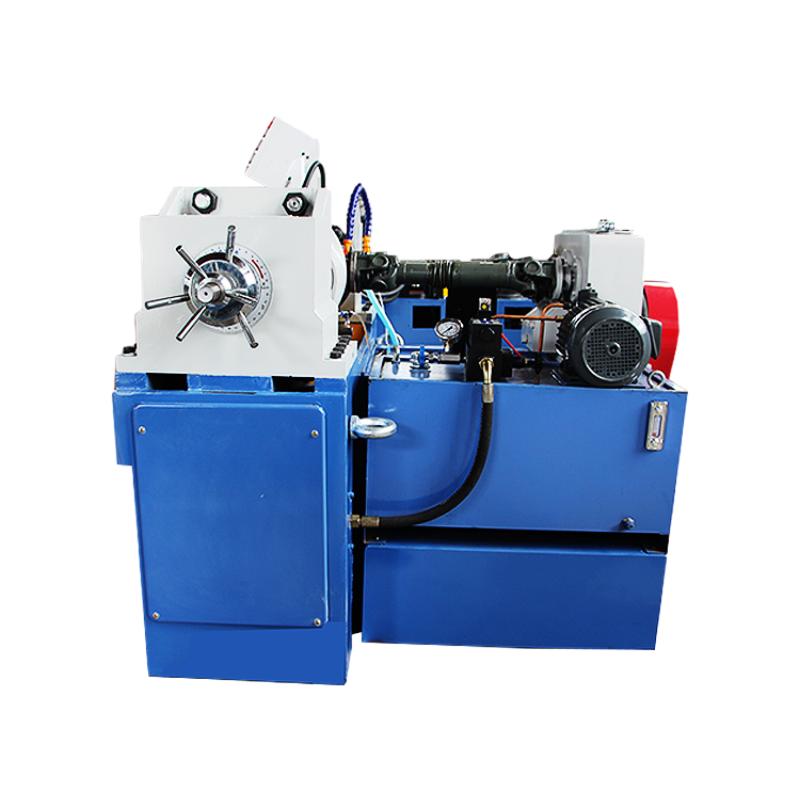
Application Case Studies: Where Performance Matters
The true measure of a technology is its performance in the field. Here are a few examples of how our thread rolling tool and machinery solutions have delivered tangible results for our clients.
Case Study 1: Aerospace Component Manufacturer
Challenge: A leading aerospace supplier needed to produce high-strength titanium alloy bolts for engine mounts, which are subject to extreme vibration and thermal cycling. Their existing cut threads were failing fatigue tests prematurely.
Solution: We provided a custom-designed thread rolling tool set for their hydraulic thread rolling machine. The cold-forming process increased the fatigue life of the bolts by over 80%, allowing them to exceed the stringent requirements of FAA certification. The chipless process also reduced their consumption of expensive titanium by 15%.
Case Study 2: Automotive Fastener Producer
Challenge: A high-volume producer of automotive wheel studs was facing production bottlenecks and inconsistent quality with their older machinery.
Solution: They invested in our Automatic Nut and Bolt Threading Rod Thread Rolling Machine. The machine's high speed and automation increased their output by 40% per shift. The superior consistency of the rolled threads eliminated a secondary inspection step, further improving overall equipment effectiveness (OEE) and reducing labor costs.
Frequently Asked Questions (FAQ)
The highest-performing tools are typically made from high-speed steels (HSS) like M2 and M42, or high-carbon, high-chromium tool steels like D2. The choice depends on the application. HSS is excellent for high-speed, high-temperature operations, while D2 offers a great balance of wear resistance and toughness for general-purpose, high-volume rolling.
While a thread rolling tool can often be used for a family of similar materials (e.g., various grades of low-carbon steel), it's not recommended to use the same die for vastly different materials like mild steel and then hardened stainless steel or titanium. The tool geometry and material are optimized for a specific range of workpiece hardness and ductility. Using it outside this range can lead to poor thread quality and premature tool failure.
Two-die machines (like a `flat die thread rolling machine` or a two-roll cylindrical machine) are faster and more common for standard fasteners. Three-die machines provide better concentricity and support, making them ideal for rolling hollow parts (like pipes), long rods, or achieving very high precision on difficult-to-roll materials. The three points of contact prevent the workpiece from flexing during the rolling process.
The primary standards govern the final thread form. Key standards include ANSI/ASME B1.1 (Unified Inch Screw Threads), ISO 68-1 (ISO General Purpose Screw Threads), and DIN 13-1 (ISO Metric Screw Threads). The manufacturing process for the tool itself is often certified under ISO 9001 for quality management.
Lubrication is critical. A proper rolling lubricant (typically an oil-based or water-soluble fluid) serves multiple purposes: it reduces friction between the die and workpiece, dissipates heat, flushes away any micro-debris, and improves the final surface finish. Using the correct lubricant can extend the life of a thread rolling tool by 50% or more and is essential for achieving consistent thread quality.
Pitch diameter is the diameter of an imaginary cylinder that passes through the threads at a point where the width of the thread and the width of the space between threads are equal. It is the most critical dimension for ensuring a proper fit between a bolt and a nut. All thread rolling tool sets are precisely ground to control this dimension on the finished part.
Signs of a worn tool include: degradation of the thread form on the workpiece, flaking or chipping on the thread crests, increased rolling pressure required, or a poor surface finish. It's recommended to perform regular visual inspections of the dies and periodically check the produced parts with thread gauges to monitor wear and replace the tool before it starts producing out-of-spec parts.
Our Commitment to Quality and Trust (E-E-A-T)
We build our reputation on Expertise, Experience, Authoritativeness, and Trustworthiness.
- Expertise & Authoritativeness: With over 20 years in the industry, our processes are ISO 9001 certified. We are active members of leading manufacturing associations and our tools are engineered to meet and exceed ANSI, ASME, and DIN standards. We are a trusted supplier to leaders in the automotive, construction, and petrochemical sectors.
- Experience: Our solutions are battle-tested in the most demanding environments. The case studies above are just a small sample of our extensive experience in solving complex fastening challenges.
- Trustworthiness: Your investment is protected. We provide transparent communication and robust support.
- Warranty: All our machines come with a comprehensive 2-year warranty, and our thread rolling tool sets are guaranteed against manufacturing defects.
- Delivery: Standard tooling ships within 48 hours. Custom solutions have a clear, pre-agreed timeline, typically 4-6 weeks from design approval.
- Customer Support: Our team of engineers is available 24/7 to assist with setup, troubleshooting, and process optimization to ensure you get the most out of your equipment.
Industry References & Further Reading
To further your understanding of thread rolling technology, we recommend these authoritative resources:
- Machinery's Handbook, 31st Edition: An indispensable reference for engineers and machinists, with detailed sections on thread standards and manufacturing processes. (ISBN-13: 978-0831136768)
- ASME Journal of Manufacturing Science and Engineering: For academic research on topics like residual stress analysis in cold-formed threads. View Journal
- Practical Machinist Forum: An online community where professionals discuss real-world challenges and solutions in machining, including extensive threads on thread rolling techniques. Visit Forum
